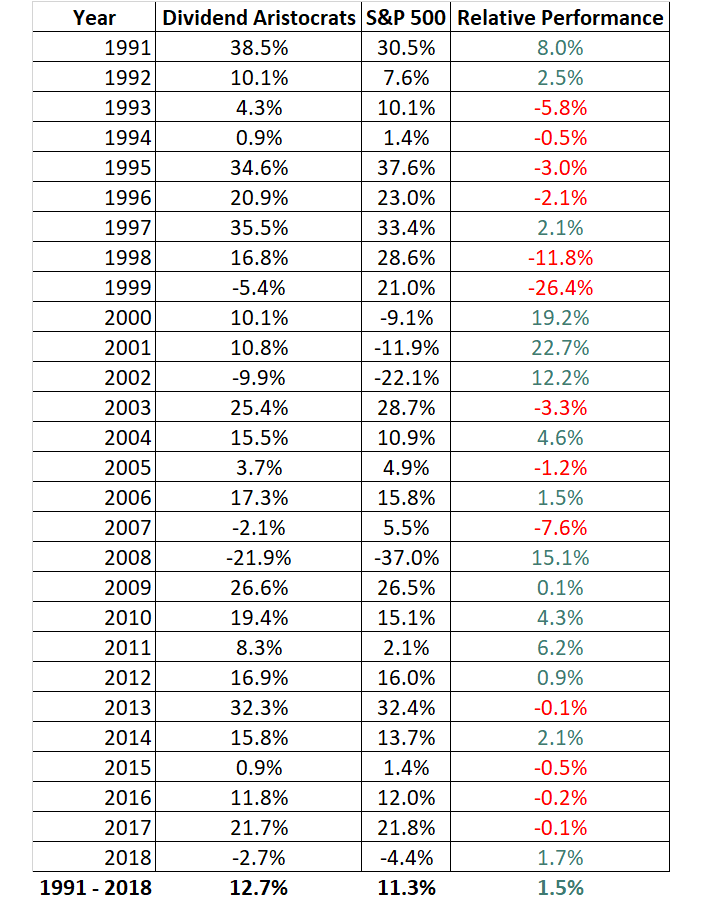
Beginning Account Balance – The money you already have saved that will be applied toward your savings goal. By using the Compound Interest Calculator, you can compare two completely different investments. However, it is important to understand the effects of changing just one variable. Let’s cover some frequently asked questions about our compound interest calculator. Using the rule of 72, you would estimate that an investment with a 5% compound interest rate would double in 14 years (72/5). Calculate percentage additions and deductions with our handy calculator.
This course will show you how to calculate your retirement number accurately the very first time – with confidence – using little-known tricks and tips that make the process easy. Compound Interest is calculated on the principal amount and also on the interest of previous periods. After 10 years, you will have earned $6,486.65 in interest for a total balance of $16,486.65. This may influence which products we review and write about (and where those products appear on the site), but it in no way affects our recommendations or advice, which are grounded in thousands of hours of research. Our partners cannot pay us to guarantee favorable reviews of their products or services.
How is compound interest calculated?

MoneyGeek’s compound interest calculator calculates compound interest using the above formulas. If you have selected monthly contributions in the calculator, the calculator utilizes monthly compounding, even if the monthly contribution is set to zero. If the contribution frequency is annual, annual compounding is utilized, again if the annual contribution is set to zero. The MoneyGeek compound interest calculator is simple to use and understand. Instead of using the compound interest formula, all you have to do is plug in your numbers and information about the what is capital in accounting • debt capital interest.
- As a final note, many of the features in my compound interest calculator have come as a result of user feedback.
- By using the Compound Interest Calculator, you can compare two completely different investments.
- NerdWallet, Inc. is an independent publisher and comparison service, not an investment advisor.
- With savings and investments, interest can be compounded at either the start or the end of the compounding period.
Enter Your Email And We’ll Send You A Convenient PDF Of This Article!
During the second year, instead of earning interest on just the principal of $100, you’d earn interest on $110, meaning that your balance after two years is $121. While this is a small difference initially, it can add up significantly when compounded over time. After 20 years, the investment will have grown to $673 instead of $300 through simple interest. This formula can help you work out the yearly interest rate you’re getting on your savings, investment or loan. Note that youshould multiply your result by 100 to get a percentage figure (%). Start by multiply your initial balance by one plus the annual interest rate (expressed as a decimal) divided by the number of compounds per year.
Budget & Savings Calculators
So, let’s now break down interest compounding by year,using a more realistic example scenario. We’ll say you have $10,000 in a savings account earning 5% interest per year, withannual compounding. We’ll assume you intend to leave the investment untouched for 20 years. Now that you understand how powerful compound interest can be, let’s break down how it’s calculated. Compound interest works by adding earned interest back to the principal. This generates additionalinterest in the periods that follow, which accelerates your investment growth.
Formula for calculating time factor (t)
If an amount of $5,000 is deposited into a savings account at an annual interest rate of 3%, compounded monthly, with additional deposits of $100 per month(made at the end of each month). The value of the investment after 10 years can be calculated as follows… A daily compound interest calculator calculates what you’ll earn (or be charged) every day. With monthly, you’ll earn (or be charged) interest each month, and with annual, you’ll earn (or be charged) every year (an annual percentage). Due to the way the compound interest formula works, the more frequently you compound, the more interest earned (or charged).
This means total interest of $16,532.98 anda return on investment of 165%. With compound interest investments, it’s better to wait and allow these investments to grow, but with money you owe, it’s usually best to pay down debt as quickly as possible — especially if your interest rate is high. Compound interest is often compared to a snowball that grows over time.
If an amount of $10,000 is deposited into a savings account at an annual interest rate of 3%, compounded monthly, the value of the investment after 10 years can be calculated as follows… If you’d prefer not accept payments online to do the math manually, you can use the compound interest calculator at the top of our page. Simplyenter your principal amount, interest rate, compounding frequency and the time period. You can also include regular deposits or withdrawals to see how they impact the future value.
Examples are hypothetical, and we encourage you to seek personalized advice from qualified professionals regarding specific investment issues. Our estimates are based on past market performance, and past performance is not a guarantee of future performance. When interest compounding takes place, the effective annual rate becomes higher than the nominal annual interest rate. The more times theinterest is compounded within the year, the higher the effective annual interest rate will be. $10,000 invested at a fixed 5% yearly interest rate, compounded yearly, will grow to $26,532.98 after 20 years.
We at The Calculator Site work to develop degree of financial leverage dfl quality tools to assist you with your financial calculations. We can’t, however, advise you about where toinvest your money to achieve the best returns for you. Instead, we advise you to speak to a qualified financial advisor for advice based upon your owncircumstances.
